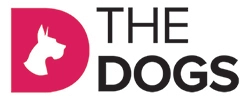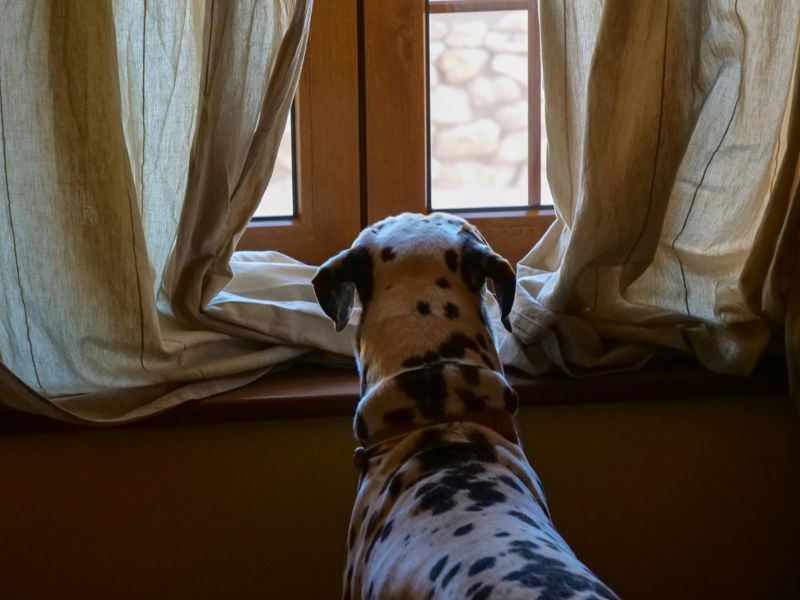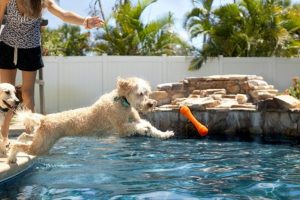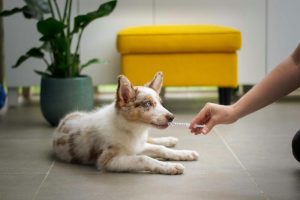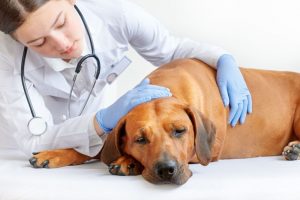Caring for a dog means being vigilant about its safety and health throughout your home. According to Forbes, pet ownership in the U.S. has seen a remarkable rise over the last thirty years. By 2024, a whopping 66% of American households, about 86.9 million homes, had a pet.
Pets provide not just companionship but also emotional support. In fact, an impressive 97% of pet owners view their furry friends as family members. Dog owners need to understand the hidden hazards to ensure a safe and healthy environment for their beloved pets. Many people are quick to spot obvious dangers such as sharp objects or toxic foods.
However, sneaky hazards hide in everyday household items and environments that can quietly impact a dog’s well-being. The dangers may not be easy to spot, yet they can lead to significant health issues if ignored. Keeping your homes safe is a vital aspect of responsible pet ownership.
This article explores hidden hazards that can impact your dog’s health.
Small Objects that Act as Choking Hazards
Small objects scattered around the house can pose a real danger to dogs, especially when they turn into choking hazards. Dogs love to explore their world with their mouths. They pick up anything that catches their attention or looks like it might be fun to chew on. In addition to the risk of choking, when dogs swallow small objects, it can create internal blockages that may lead to digestive problems.
Good Housekeeping states that every year, more than a million dogs find themselves at the vet due to choking incidents. All pets can be at risk of choking, but some are more likely to encounter trouble than others. Thankfully, many of these choking incidents are preventable.
To protect your dog, keep your space clutter-free and store small items in safe places. Offering them toys designed for dogs can also help redirect their chewing away from harmful objects, keeping them healthy and safe.
Toxic Foods
Toxic foods lurking around your home can pose a serious threat to your beloved pets if you’re not cautious. According to WebMD, there are plenty of human foods that are off-limits for your furry friend. These toxic foods can potentially cause serious health issues or even be fatal.
For instance, chocolate contains substances that dogs can’t break down, leading to alarming symptoms. Grapes and raisins are also a no-go, as they can trigger kidney failure. Dog owners should be aware of these dangerous foods and keep them out of reach of their furry friends.
Dogs have a real talent for locating food that’s left unattended, whether it’s sitting on the counter or hiding in the trash. Curiosity can sometimes lead them to munch on things that aren’t safe. To keep your furry friend out of trouble, inform everyone in your home about these risks.
Chemicals in Cleaning and Personal Care Products
You might not realize it, but the cleaning and personal care products in your home can pose hidden risks to your dog’s health. Many household cleaners, detergents, and disinfectants contain toxic substances that can irritate or poison your pet if they come in contact with them.
Similarly, personal care products may have hidden toxins that may be dangerous to animals and humans alike. You may be aware of phthalates, parabens, and formaldehyde, but ethylene oxide is a lesser-known toxin used for sterilizing these products. According to TorHoerman Law, communities around manufacturing plants where EtO is used are at a high risk of cancer.
The Sterigenics lawsuit in Atlanta is an outcome of the growing awareness about this carcinogen. People living around the plant, and suffering from exposure, are filing this lawsuit against the company. The exposure, whether in products or through the surroundings, is a concern for families and pet parents.
Keeping dogs safe means making sure all cleaning and personal care products are stored securely, well out of their reach. Whenever possible, opt for pet-safe products and clean up any spills right away to minimize risks.
Poisonous Plants
Some common houseplants can be toxic to dogs. These hidden hazards often go unnoticed until a dog starts to show signs of poisoning. Plants such as aloe vera, philodendron, snake plant, pothos, and peace lily contain substances that can lead to a range of symptoms.
It may include mouth irritation and vomiting, or more severe issues such as difficulty swallowing and potential organ damage. For example, aloe vera can cause vomiting and lethargy. Philodendron and pothos contain calcium oxalates that can irritate both the mouth and digestive system.
Dog owners need to be aware of which plants can be toxic to their pets and take steps to keep them safe. Using barriers or putting plants on high shelves can be effective strategies. Staying informed and proactive can create a secure environment for your beloved canine companions.
Medications for Humans and Pets
Medications designed for humans can pose serious hidden dangers for dogs if they accidentally ingest them. Dogs metabolize drugs quite differently from humans do, so a dose that’s perfectly safe for a person could be harmful for a dog.
Dogs are naturally curious and tend to sniff out medications left within their reach. Educating everyone in your household about the dangers of leaving pills within a dog’s reach is definitely a smart move. The American Kennel Club advises that if your dog accidentally ingests any human medication, you should bring the original container with you to the vet.
The bottle or package can provide crucial details about the medication. It may include its name, strength, the number of pills it contains, and possibly some guidance from the manufacturer on how to deal with poisoning. Being foresighted and responding quickly are key to safeguarding your dogs from medication-related hazards.
FAQs
Why does my pet dog fall sick often?
There are several reasons why dogs might fall ill, including infections, parasites, allergies, an unhealthy diet, or health conditions. Being in contagious environments or coming into contact with toxic substances at home can also take a toll on their immune system. To help keep your furry friend healthy, regular vet checkups, a balanced diet, and a safe living space are essential.
How to keep your dog safe from everyday hazards?
Keep your furry friend safe by putting away any toxic foods, human medications, and cleaning supplies where they can’t get to them. Don’t forget to secure pesky electrical cords and remove any poisonous plants from your home. Creating a pet-proof environment is key to preventing accidents and ensuring your dog remains happy and healthy.
Why should you avoid feeding human food to dogs?
Giving dogs human food can result in digestive troubles, weight gain, and serious health issues because their bodies process things differently than ours. Foods that we often enjoy, like chocolate, grapes, onions, and garlic, can actually be harmful to them. Additionally, it can promote undesirable behaviors and lead to them rejecting their regular meals.
Keeping your dog safe at home involves being mindful of the many hidden dangers that could impact their health. Staying alert and teaching your family about potential dangers can really help prevent accidents and keep our furry friends healthy and happy.
Dogs are inherently curious, so it’s our responsibility as caregivers to reduce the risks. Being careful, we can create a safe environment where our dogs can thrive and truly enjoy life. If you think your dog might have encountered something hazardous, it’s crucial to get them to a vet right away.
